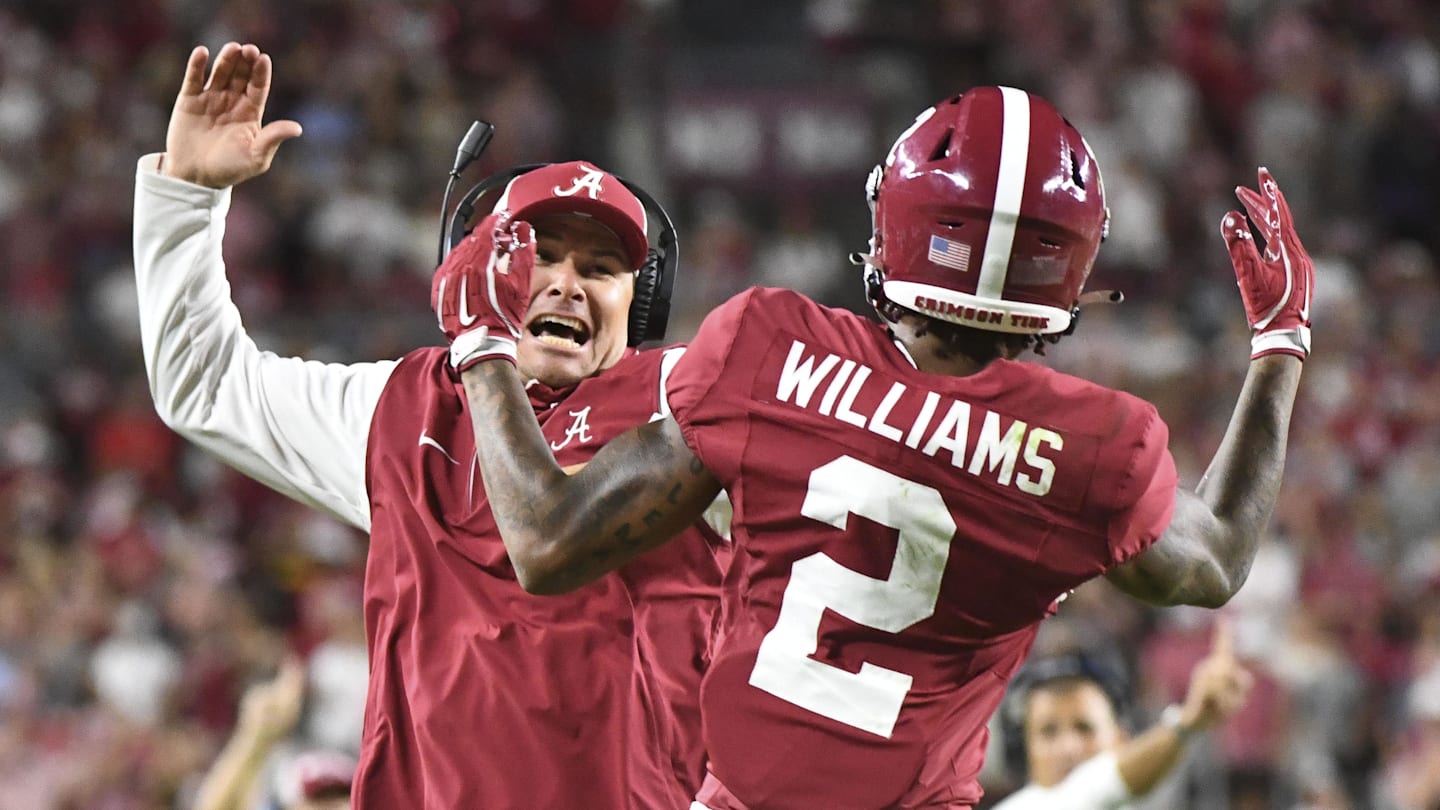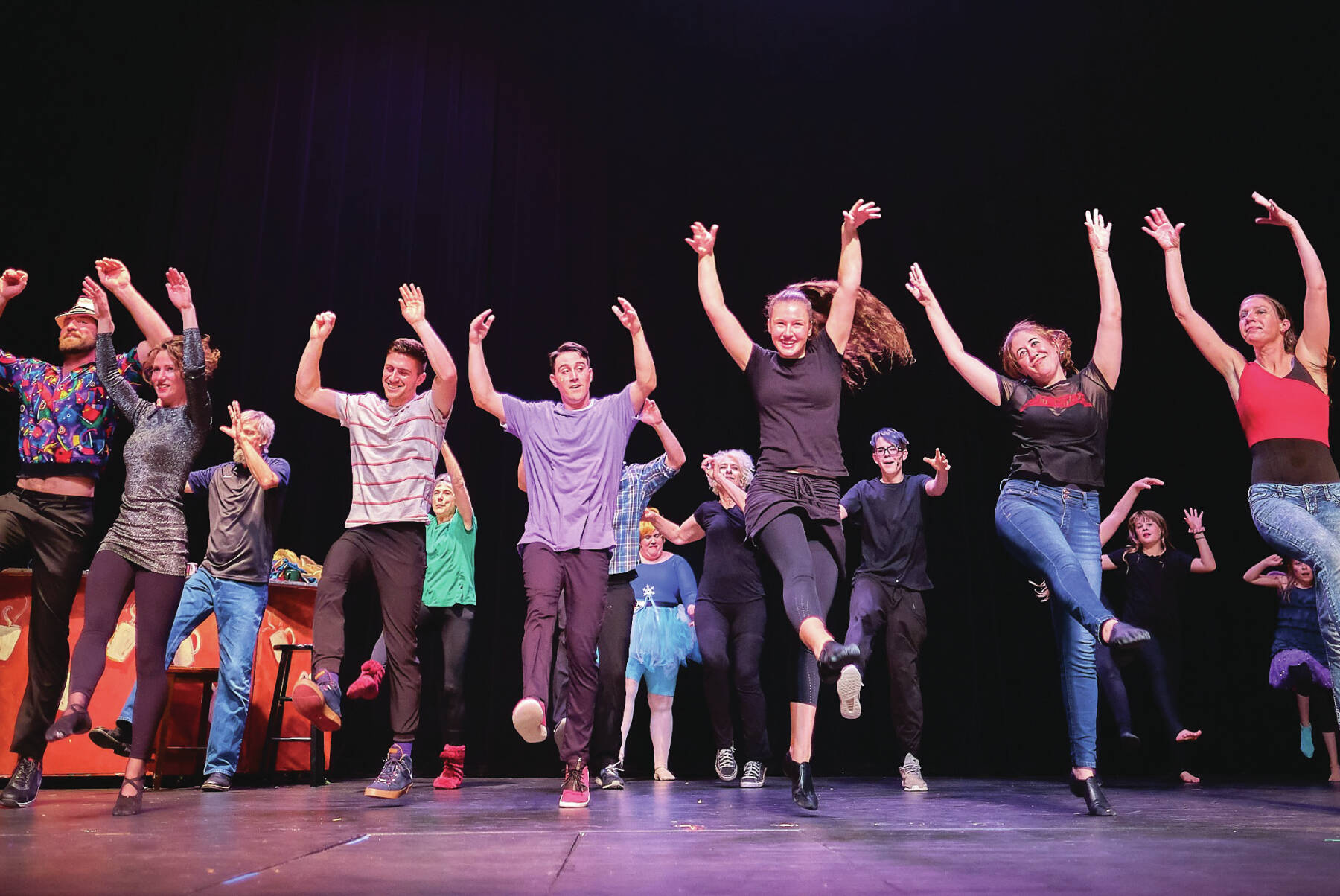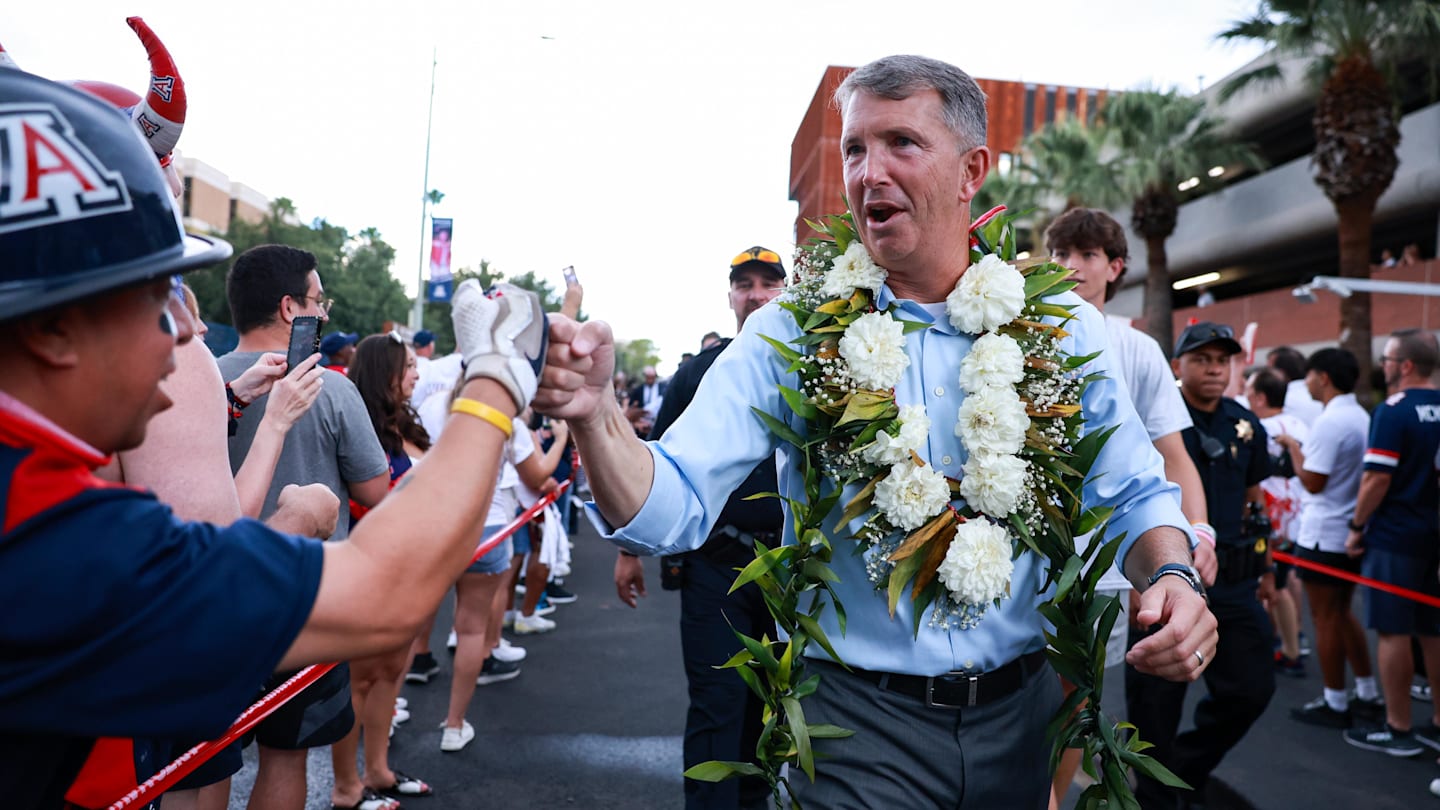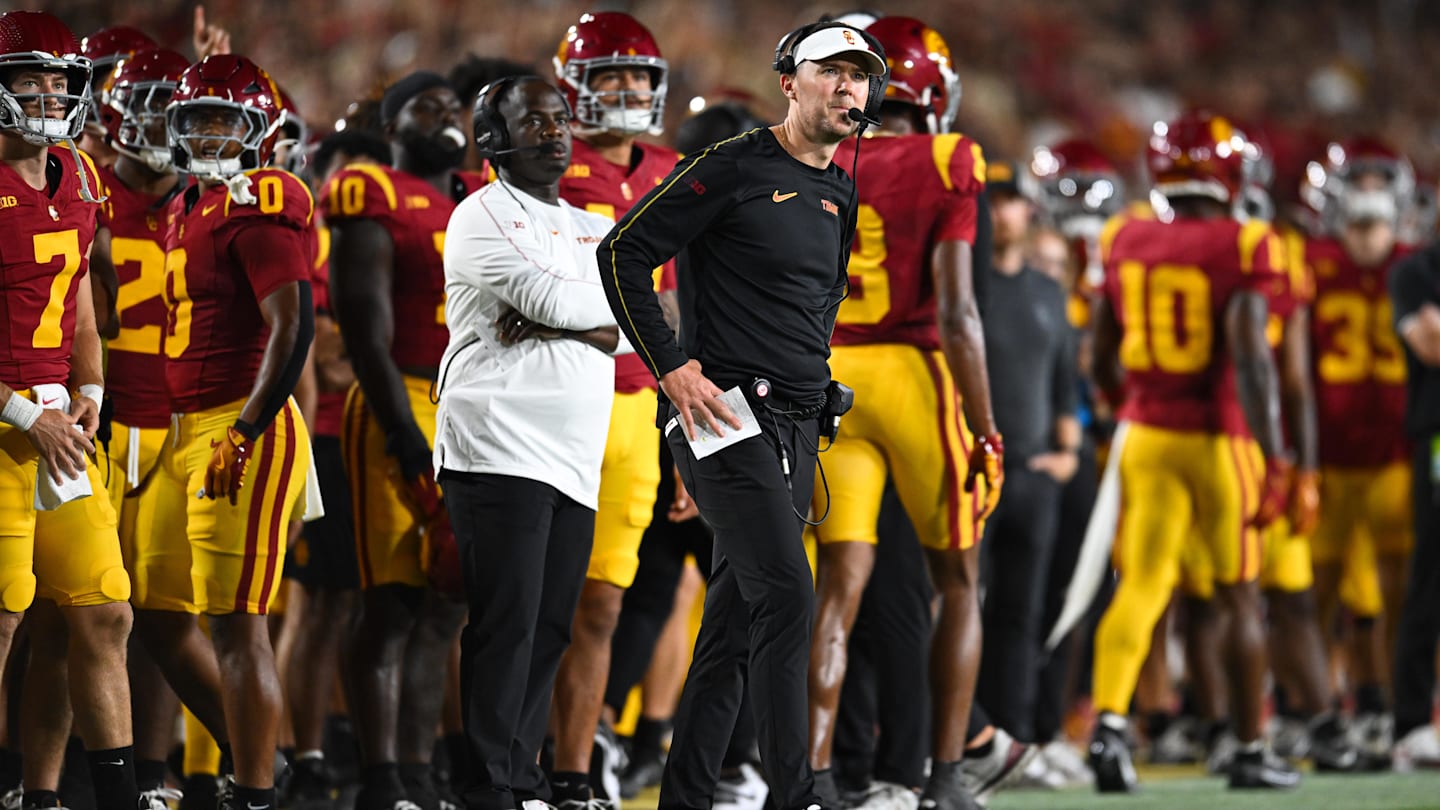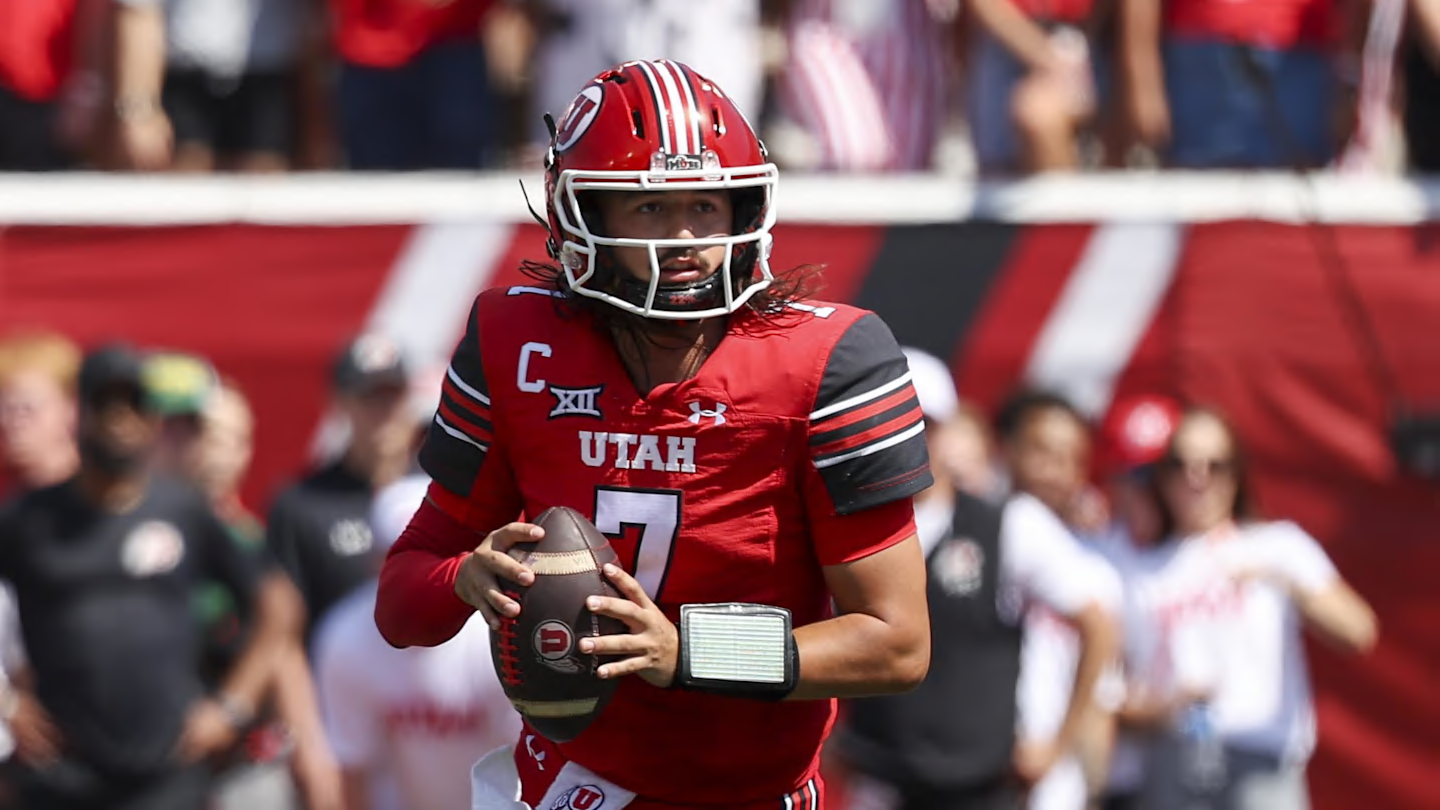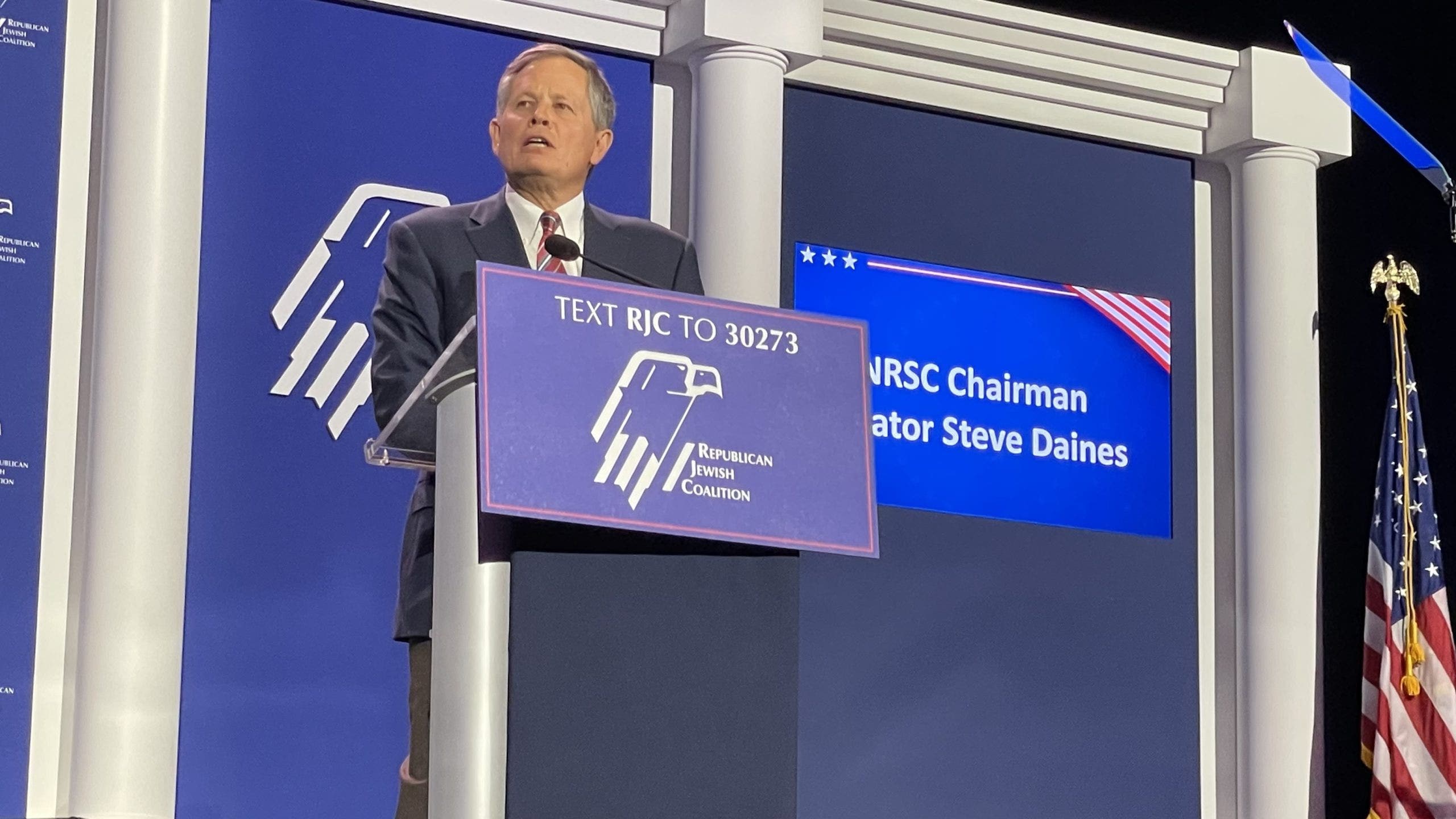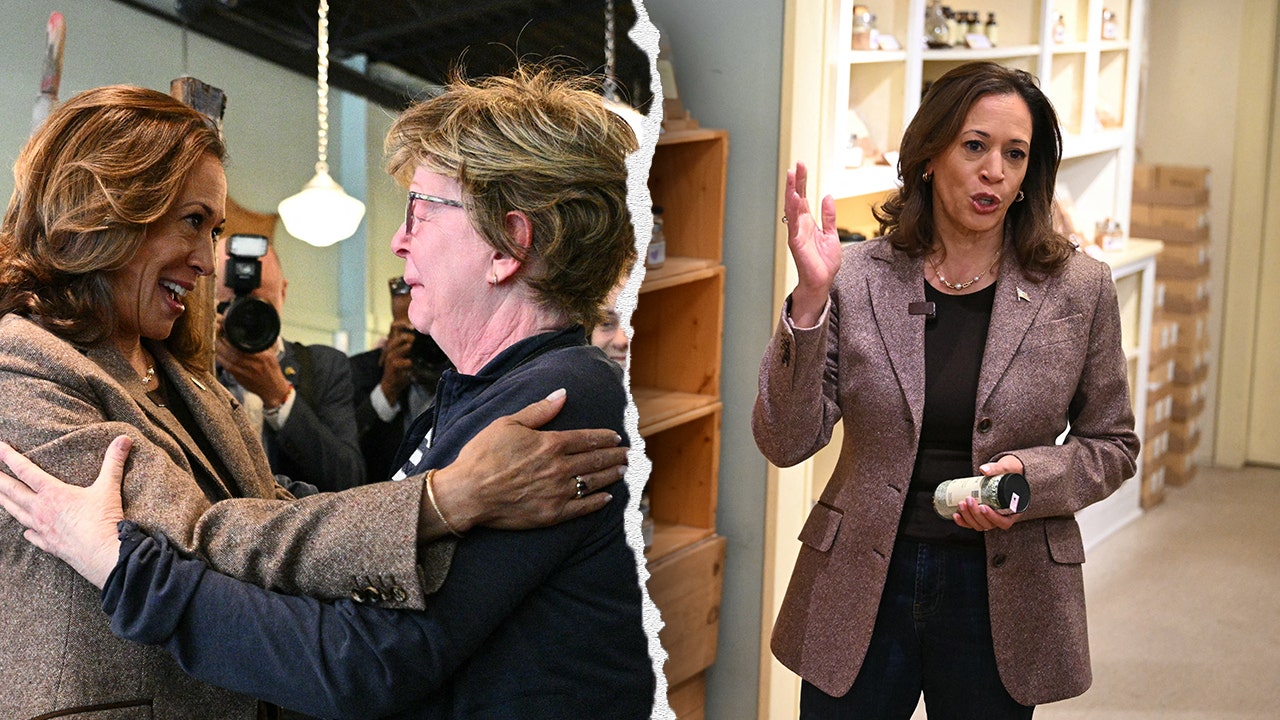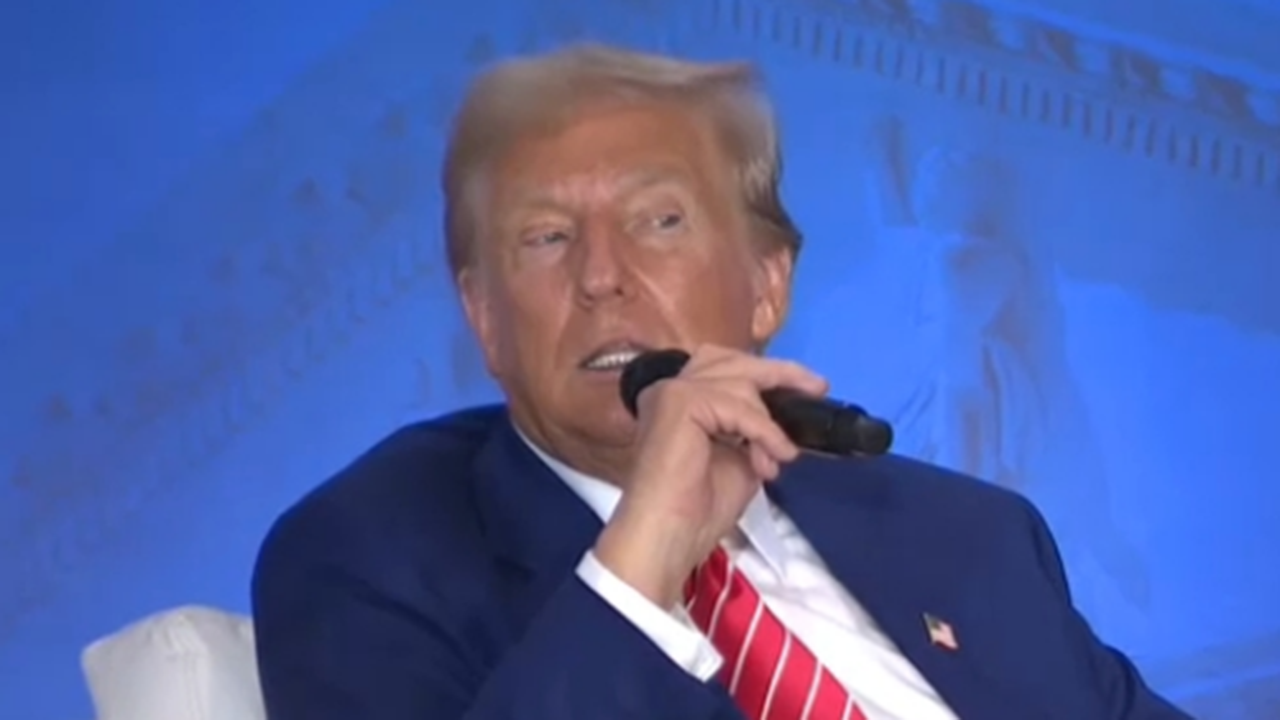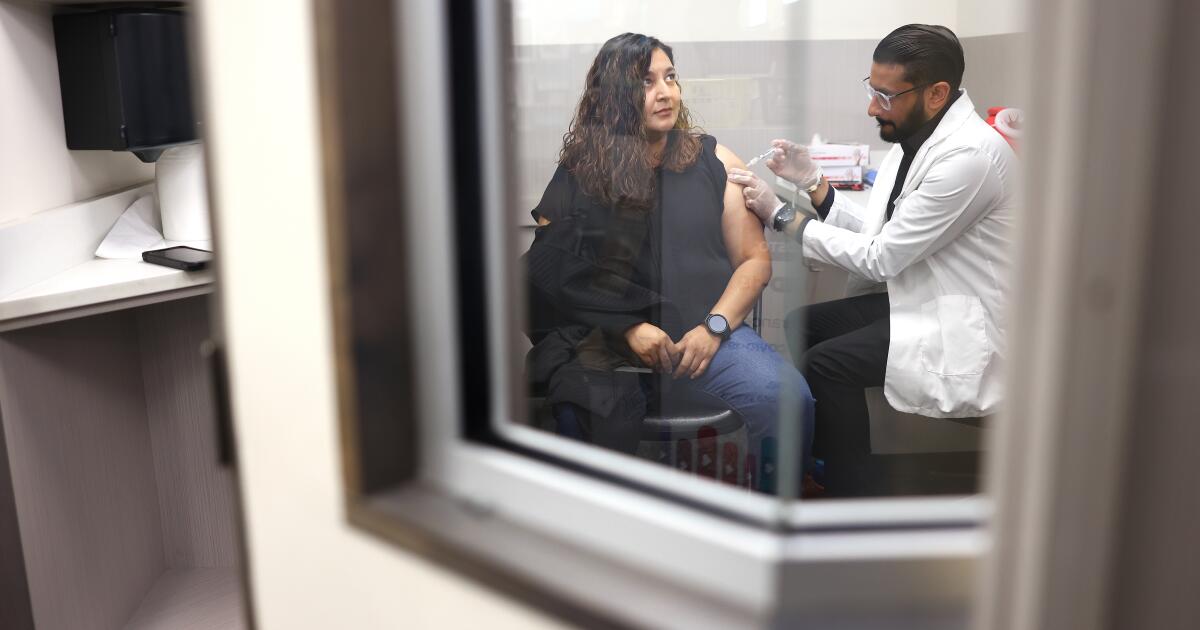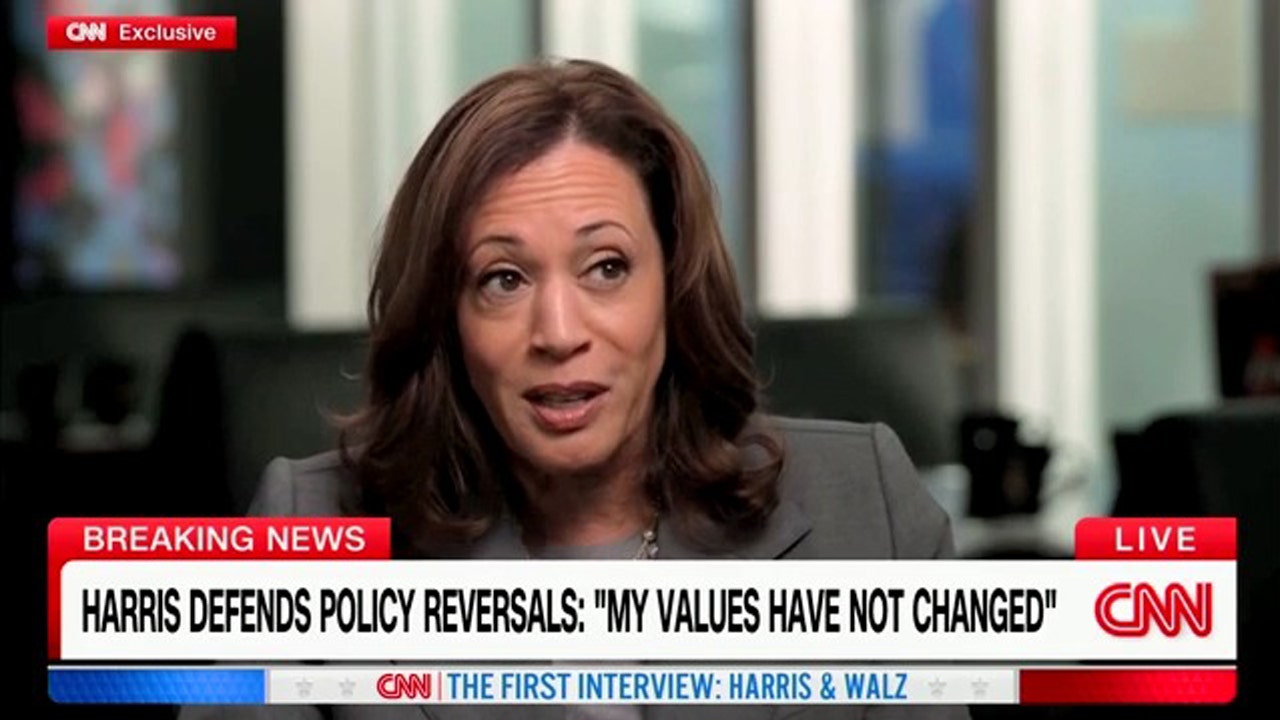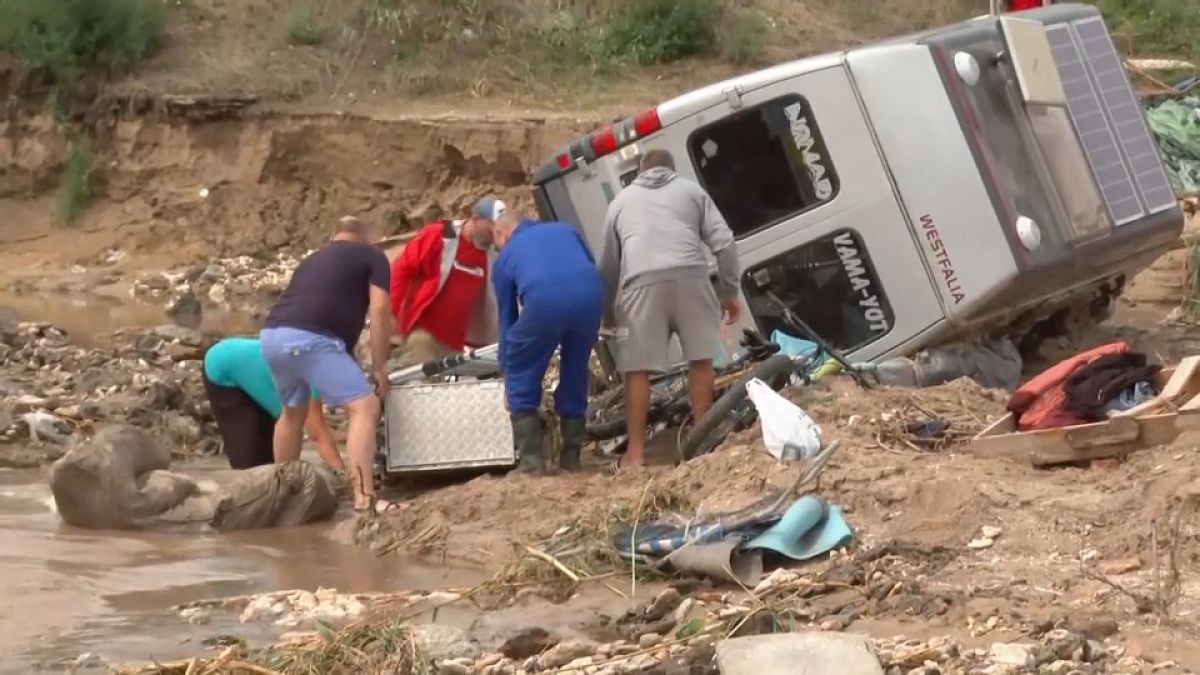In the 2004 adventure movie “National Treasure,” the Nicolas Cage character tries to convince people at the National Archives that there is a secret message on the back of the original Declaration of Independence. Written in invisible ink.
In the story, it turns out that such a message really exists, and leads to the discovery of a large treasure that has been lost for more than 200 years.
In real life, the claim that a key government document contains invisible, century-old messages that only a few clever people know about is the core of Utah’s latest lawsuit seeking to seize millions of acres of federal land.
In other words, a total fantasy. An expensive and embarrassing one.
In a filing taken straight to the U.S. Supreme Court, a suit backed by Utah Gov. Spencer Cox, Attorney General Sean Reyes, Senate President Stuart Adams and House Speaker Mike Schultz claims that it is unconstitutional for the feds to retain some 18.5 million acres of land within Utah borders, land the national government has held since before statehood, because those expanses are “unappropriated.”
That means that — unlike another 18.8 million acres of national parks, national forests, national monuments, wilderness areas, military installations and Native American reservations — the federal government hasn’t put that land to a use that Utah’s leaders think is proper.
Which is likely code for land that hasn’t been mined, drilled, opened to noxious off-road vehicles or sold to private developers.
Those “unappropriated” areas include such precious and popular landmarks as Labyrinth Canyon, much of the San Rafael Swell and areas around Lake Powell and the Bears Ears National Monument. Land the state cannot be trusted to protect.
(Southern Utah Wilderness Alliance)
This action has no legal precedent to stand on. State officials admitted as much when they skipped the normal starting point of the local federal district court. No judge at that level would even consider a claim that stands against every legal ruling and principle going back to the founding of the United States.
But given the current majority of the Supreme Court, which has had no problem destroying everything from the Voting Rights Act to Roe v. Wade, Utah’s elected leadership may feel they have a chance. Even if they don’t, they are happy to spend millions of your tax dollars pretending to twist the tail of the federal government because it looks good to their far-right political base.
The claim that Utah could manage these lands better than the relevant federal agencies do is both irrelevant and groundless.
The United States government acquired every square inch of Utah, and all or parts of what are now eight other states, with the 1848 Treaty of Guadalupe Hidalgo, which ended the Mexican War. The federal government sold a great deal of that land over the years, but so much of Utah was arid, rocky and otherwise hostile to farming or settling that nearly two-thirds of it remains in federal ownership.
That means it is owned by the people of New Jersey and Florida and Michigan and Oregon as much as the people of Utah. Only Congress, or a renegade Supreme Court, can change that.
Meanwhile, the state can’t afford to take proper care of the state parks and recreation areas it already has. And the last thing Utah taxpayers need is to be left to pay to fight all the wildfires that plague our drought-stricken state.
The likely outcome of a state take-over of federal land would be to sell much of it for the benefit of private developers — the personal interest of many members of the Utah Legislature — and people who sell “No trespassing” signs.
Utah officials seem especially galled by recent rules put out by federal agencies that officially hold conservation as a proper use of public land — though that should be obvious — and placing some miles of trails off-limits to motorized vehicles. That attitude toward these actions shows that Utah is not fit to manage public lands.
Not that there aren’t some improvements possible and deals to be made. We could use more federal investment in national parks and monuments. The money the feds contribute to local governments to make up for the fact that public land isn’t taxed should be much greater.
Federal agencies have generally been receptive to mutually beneficial land swaps, such as a recent deal that saw the U.S. Army Reserve give up the last 50 acres of Fort Douglas to the neighboring University of Utah in exchange for state help in expanding Camp Williams in Bluffdale.
Utah always has been, and always will be, a public lands state. Utah officials should stop repeatedly picking new fights with our federal government, which only demonstrates to agency administrators and to members of Congress that we are not a good negotiating partner.
Instead, Utahns should be reasonable, though assertive, in our search for improvements, partnerships and the proper care of these national treasures.



